Ocaña | Colombia | Britannica
- Entertainment & Pop Culture
- Geography & Travel
- Health & Medicine
- Lifestyles & Social Issues
- Literature
- Philosophy & Religion
- Politics, Law & Government
- Science
- Sports & Recreation
- Technology
- Visual Arts
- World History
- On This Day in History
- Quizzes
- Podcasts
- Dictionary
- Biographies
- Summaries
- Top Questions
- Infographics
- Demystified
- Lists
- #WTFact
- Companions
- Image Galleries
- Spotlight
- The Forum
- One Good Fact
- Entertainment & Pop Culture
- Geography & Travel
- Health & Medicine
- Lifestyles & Social Issues
- Literature
- Philosophy & Religion
- Politics, Law & Government
- Science
- Sports & Recreation
- Technology
- Visual Arts
- World History
- Britannica Explains
In these videos, Britannica explains a variety of topics and answers frequently asked questions. - Britannica Classics
Check out these retro videos from Encyclopedia Britannica’s archives. - Demystified Videos
In Demystified, Britannica has all the answers to your burning questions. - #WTFact Videos
In #WTFact Britannica shares some of the most bizarre facts we can find. - This Time in History
In these videos, find out what happened this month (or any month!) in history.
- Student Portal
Britannica is the ultimate student resource for key school subjects like history, government, literature, and more. - COVID-19 Portal
While this global health crisis continues to evolve, it can be useful to look to past pandemics to better understand how to respond today. - 100 Women
Britannica celebrates the centennial of the Nineteenth Amendment, highlighting suffragists and history-making politicians. - Saving Earth
Britannica Presents Earth’s To-Do List for the 21st Century.Learn about the major environmental problems facing our planet and what can be done about them!
- SpaceNext50
Britannica presents SpaceNext50, From the race to the Moon to space stewardship, we explore a wide range of subjects that feed our curiosity about space!
Table of Contents
-
Introduction
Fast Facts
-
Related Content
Luis Ocaña, a Fragile Champion
Bill & Carol McGann’s book The Story of the Tour de France – How a Newspaper Promotion Became the Greatest Sporting Event in the World, Vol 1: 1903 – 1975 is available as an audiobook here.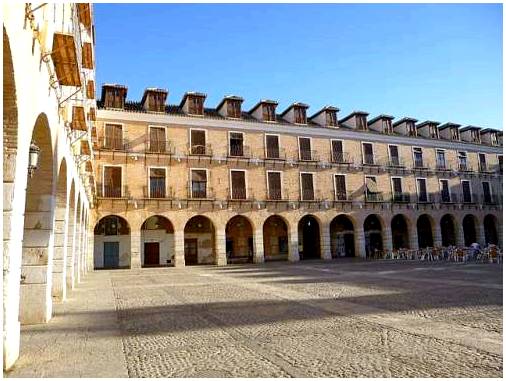
Owen Mulholland writes:
Luis Ocaña was one of the most talented riders to ever throw his leg over a bike. On occasion he achieved a level of fitness that was truly revolutionary, for it allowed him to upset all normal expectations of what a bike racer could be expected to do. And yet his triumphs were always associated with tragedy. His career as a top pro was relatively short, just four years, from 1970 through 1973, but in that time he appeared ready to do the impossible – beat Eddy Merckx in the Tour de France.
To appreciate Ocaña it is necessary to digress, for like all European road pros of the late ‘60s and ‘70s his record takes on meaning only when seen in context, and that context is, “Le Cannibal”, Eddy Merckx. Different eras present different challenges. At this time, to escape being devoured by Le Cannibal was the chief concern of most riders. In a little over a decade Eddy amassed the greatest record of all time.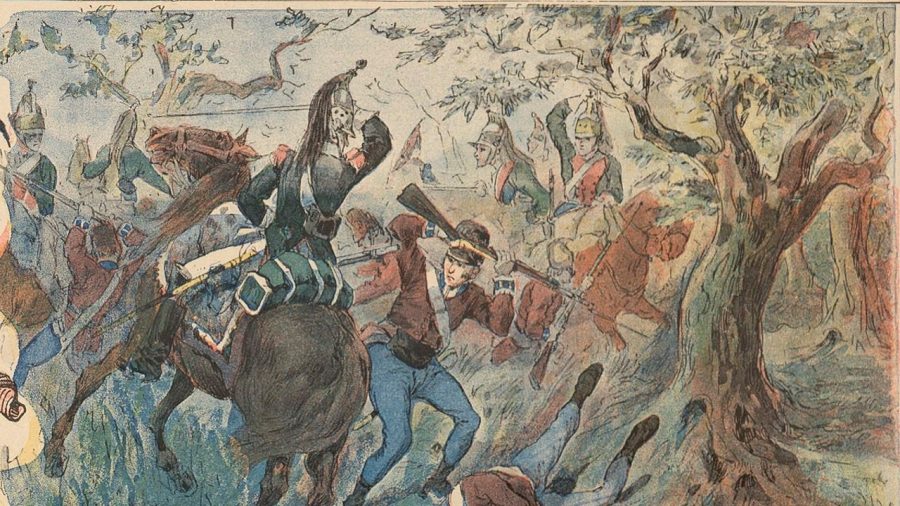
Luis Ocaña in the 1971 Tour de France
Ocaña was born in Spain on June 9, 1945, just eight days before his great nemesis-to-be. Ocana’s parents moved the family across the border into France when little Luis was not yet ten. It was in his adopted country that he caught bike fever and came to recognize his exceptional possibilities.
Compared to King Eddy, Luis matured slowly. Yet even as an amateur he discovered his ability to time trial. In 1968, his first year as a professional, he used those abilities against the clock to win the Spanish Pro Championship (which used a rare time trial format that year).
He was also a natural climber and relied on his uphill talents to win a number of small stage races in his first years in the paid ranks. Conversely, he was a modest sprinter who generally feared the explosive accelerations certain riders could produce in one-day races.
Also, Ocaña was a bit fragile. He could become ill easily and was, on occasion, victimized by mysterious losses of form.
By 1971 Ocaña had had some undeniable successes, most notably a second and a first in the Tour of Spain, and various places of honor in short stage races. To the average cycling fan, Ocaña was no more than a promising rider in the third tier of talent. (The second tier was composed of those who could actually threaten the only rider in the first tier, Eddy Merckx.) But to those close to the Spaniard, bigger things were expected. Luis was loaded with potential just waiting for the right circumstances.
While Eddy rolled in headlines all through the spring of 1971, Ocaña prepared quietly for the Tour de France. Eddy started the Tour in his usual swashbuckling style, attacking repeatedly, forcing others onto the defensive, and, naturally, making the yellow jersey a permanent fixture of his wardrobe.
Real mountains were at last encountered on stage 8, which finished by ascending the frighteningly steep Puy-de-Dôme.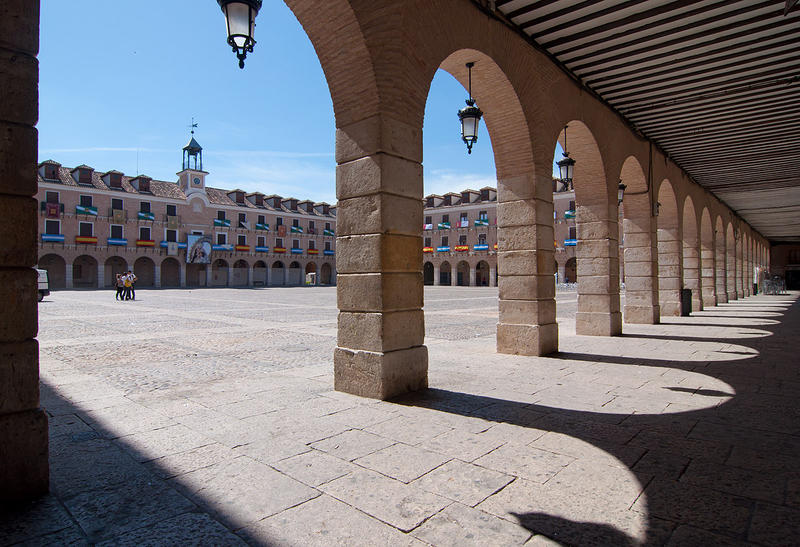
So relentless is this grind, well over 10 percent, that the slightest weakness is revealed. July 3, 1971, was to prove no exception. But what wasn’t expected was to see King Eddy in trouble. In a cool fog that reduced visibility to 20 meters, Ocaña made an irresistible acceleration. It’s one thing to sprint for a few hundred meters and make a gap; it’s another to hold that gap. But hold it Ocaña did, in part because he was going so fast and in part because Eddy couldn’t respond. In fact, two other men, the Portuguese, Joachim Agostinho, and the Dutchman, Joop Zoetemelk, were both able to get clear of Le Cannibal.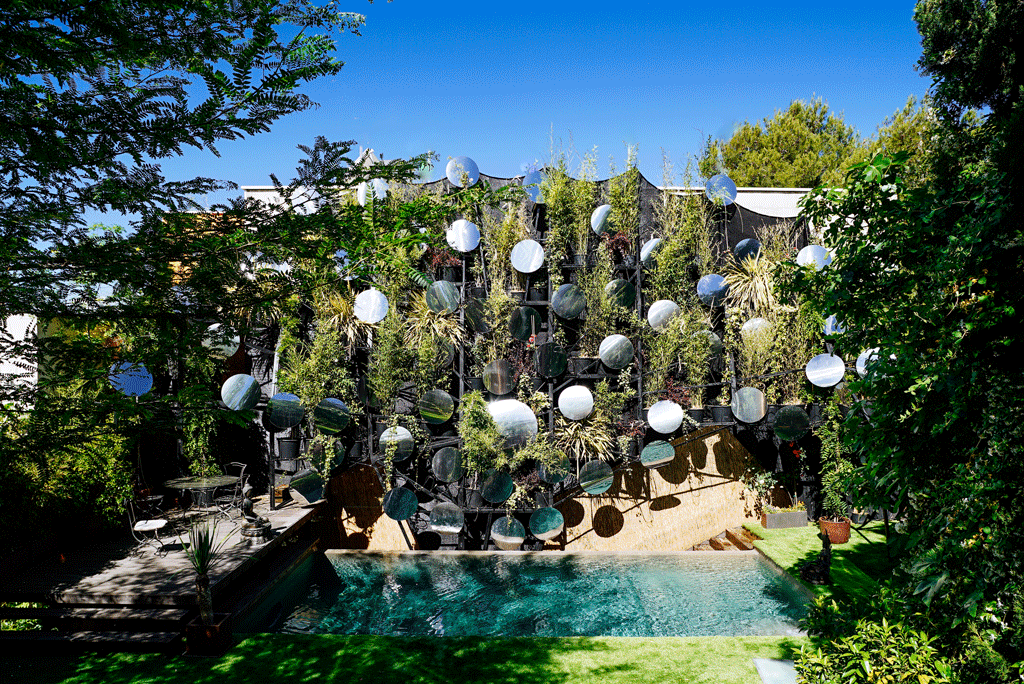
Two days later those possibilities were realized when Merckx punctured in the Chartreuse mountains (an introduction to the Alps). He couldn’t recover quickly enough, letting Zoetemelk take his precious jersey. Poignantly, Ocaña was only one second behind on the new general classification list.
Sensing that Merckx was not at his best, Ocaña decided to go for the kill. Stage 11, July 6, was only 125 kms long, but deceptively difficult. After only 25 kms the peleton encountered the decidedly abrupt Côte de Laffrey. It climbs 622 meters in 6 kms and the end result is a 10 percent grade with occasional extra-nasty pitches.
Agostinho was the first to attack, but he was soon joined by Ocaña, Zoetemelk, and the Belgian climber, Lucien Van Impe. By the top of the Côte the foursome already had two minutes on Merckx. For the next three hours Merckx was to lead the chase in a valiant effort to limit the damage.
Out front, liberated at last, the Spanish raptor spread his wings and simply flew. On the next big climb he dumped his three companions, who combined could not hold off being gobbled up by the chasing Cannibal.
Let’s dote on this image for a moment. A sub-par Merckx, receiving no help at the front of the chase whatsoever, is still so strong he can shred the wheelsuckers and catch three of the greatest riders of the time, and yet in the face of such intensity Ocaña continued to augment his lead spectacularly. Indisputably, this was one of those rare great days in cycling history. Only nine riders were able to hang onto Merckx up the final climb to the ski station of Merlette, which came at the end of what was virtually a three hour time trial. Nevertheless, when Merckx arrived Ocaña had been waiting for him for NINE MINUTES! Ocaña had done the unimaginable, a new top tier above Eddy.
To Merckx’s credit, he came out swinging, declaring he would attack all the way to Paris.
The stage from Revel to Luchon was intended as a Pyreneen introduction. Only the last third contained real climbs and these were “mere” third and second category. Merckx made four attacks on the first climb and Ocaña responded easily. The second pass, the Col de Mente, was more severe, but again Ocaña appeared more than capable of handling anything Eddy could dish out. Five kms from the summit, a huge storm moved in. Residents of the Rockies know all about such afternoon gullywashers. They may not last very long, but often the bottom drops out of the thermometer and the intensity of the rain or hail can be quite painful.
Naturally, Merckx attacked, only this time on the descent. It was a risky move. In many places the edge of the road is a precipice.
Merckx, unaware of the drama being played out several hairpins above, kept up his kamikaze tempo. He need not have pushed himself so. Luis Ocaña, knocked out by the successive impacts, was being lifted into an ambulance, his precocious Tour terminated.
The Greeks examined in minute detail relations between men and gods and concluded that attempting to be a god was a great way to experience one’s own mortality. Let us look at the rest of the career and life of Luis Ocaña. The parallel with the Greek interpretation is perhaps more than coincidental.
In 1972 he sought revenge in the Tour. Instead, he collapsed and quit. Was it bad luck? Ocaña didn’t think so. He called it a “curse”.
In 1973 Ocaña romped through the Tour, winning by a large margin. Just one problem.
He was still only 28 in 1973, but though he competed for three more years, he never won another major race. Had he, like Icarus, attempted to fly too high, too fast? In the early ’80s he took part in a journalists’ driving competition held during a Tour rest day. His car flipped and he almost died. He attempted to become a vintner but made little return on his investment.
Finally, he contracted cancer. His condition was not public knowledge and in fact he worked all through the Tour of Spain as a radio and television commentator. A week later, on May 19, 1994, Luis Ocaña died in the hospital at Mont-de-Marsan, the result of a self-inflicted bullet wound. He had ended his life, and the curse.
Tragedy has become more or less synonymous with decline and sadness. But traditional tragedy (Greek, Elizabethan) is always associated with nobility and calamity. The calamity is necessary to allow people a situation to demonstrate their noble capabilities.
Against this larger backdrop the life of Ocaña is not so sad. Great tragedies reconcile us to outward defeats for the inner victories they reveal. From the beginning Ocaña was doomed; he, only a superb mortal, a Hector if you will, dared to openly challenge Merckx, the god, an Achilles. But what an effort, what a gesture! How many arenas are left that allow people even this possibility? In this sense tragedy is not an expression of despair, but the means by which we may save ourselves from it. Quaint notions of happiness and longevity have no place at this altitude.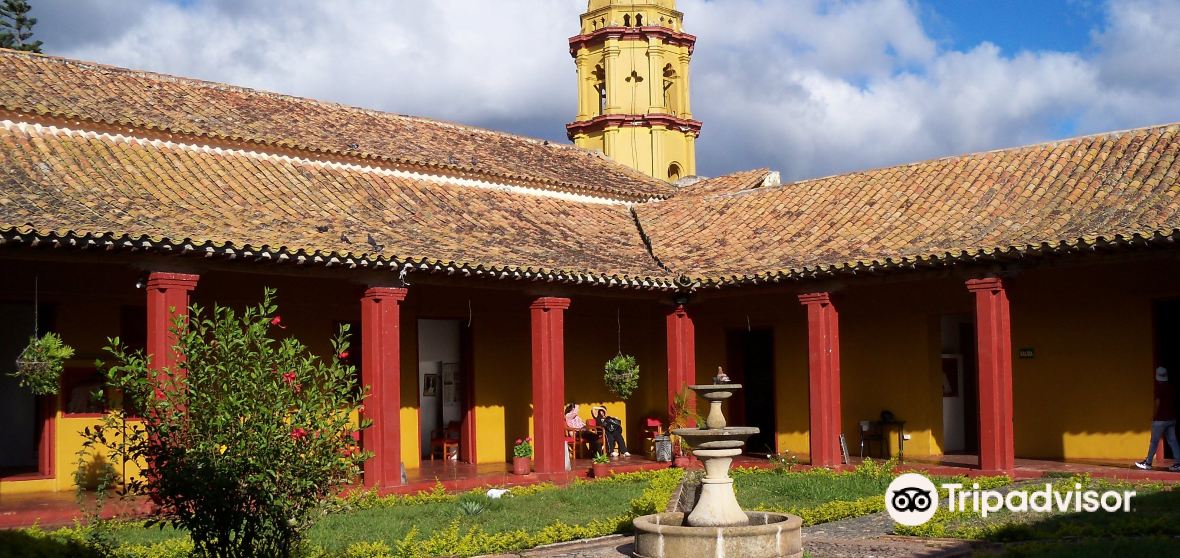
Okan Parmaxiz Clinic in Turkey – reviews, prices
Show all photos
- Programs
- Prices
- Before and after photos
- doctors
- About clinic
- Contacts
Turkey, Istanbul
Clinic license1 Okana Parmaxisa is a private otolaryngology center in Istanbul, Turkey.
Medical Center was founded by Dr. Okan Parmaxiz – ENT with more than 10 years of experience. He specializes in primary and revision rhinoplasty for the aesthetic and functional correction of the nose.
Okan Parmaxiz only accepts adult patients. In most cases, these are residents of Europe, the Commonwealth of Nations and the Balkans, the USA, Canada and Australia.
Transfer
Payment Options
Translator
Get a free consultation
Individual treatment program and cost calculation
Get the program with prices
Average response time – 5 minutes
| Rhinoplasty (nose job) | |
Rhinoplasty (nose job) “All inclusive.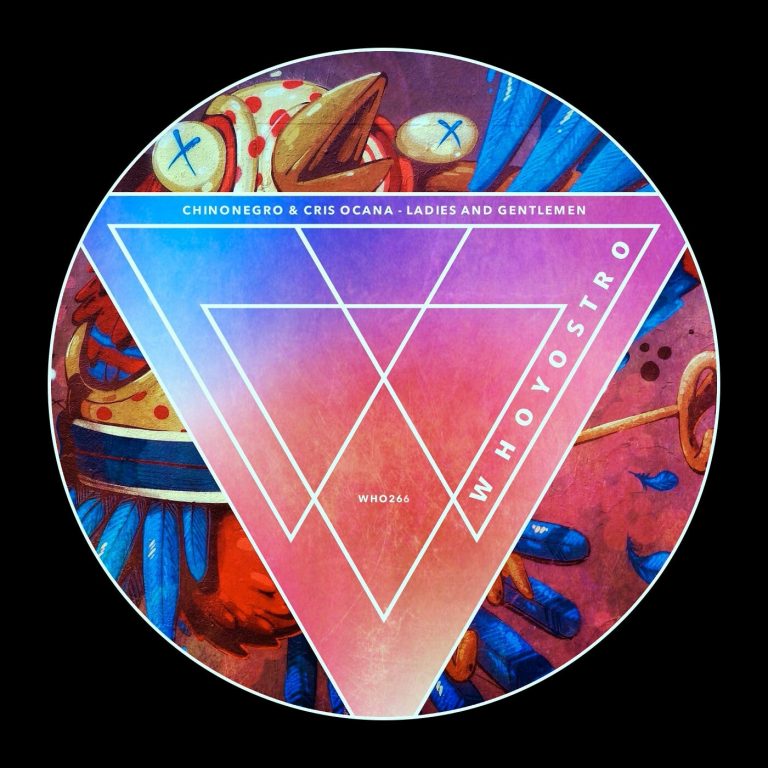 Premium” Premium”
|
$3311 |
| Rhinoplasty (nose job) “With transfer. Basic” | $2759 |
Prices for procedures in the clinic
The date of the last price update is 04/29/2022. Prices may vary depending on the medical case and the recommendations of doctors.
Otorhinolaryngology
| treatment | |
|---|---|
| Septoplasty | $2000 – $4000 |
Aesthetic medicine and cosmetology
| treatment | |
|---|---|
| Rhinoplasty (nose job) | $2000 – $4000 |
| Otoplasty (ear surgery) | $1500 – $2000 |
Plastic surgery
| treatment | |
|---|---|
| Rhinoplasty of the tip of the nose | $2000 – $4000 |
| Closed rhinoplasty | $2000 – $4000 |
| Open rhinoplasty | $2000 – $4000 |
| Revision rhinoplasty (revision rhinoplasty) | $3000 – $5000 |
Photos before and after
(3)
Results of the procedure provided by clinics
Clinic Doctors
Otorhinolaryngologist
Okan Parmaxis Clinic:
more
about clinic
Türkiye, Istanbul
Additional services
Translator
Provided
free of charge
Accommodation booking
Hotel (apartment) next to the clinic, payment by the day
What procedures are most in demand among the patients of the clinic?
The most requested procedures of the clinic include:
- Rhinoplasty (nose job)
Report a bug
Ataköy 7-8-9-10.
Content author
Parmaksiz Okan
Clinic representative
Updated on 04/19/2023
Get a free consultation
Individual treatment program and cost calculation
Get the program with prices
Average response time – 5 minutes
How does it work?
- We will find a coordinator
- You receive a personal offer with an action plan and cost
- We are organizing a trip: from making an appointment with a doctor to buying tickets
- You go to the clinic, and the medical assistant stays in touch with you 24/7
Popular clinics
Türkiye, Istanbul
Anadolu Clinic
Türkiye, Istanbul
Clinic Medipol (Medipol)
Spain, Barcelona
Clinic Teknon
Türkiye, Istanbul
Şişli Memorial Clinic
PVC tile, marmoleum Decoria Okana Walnut
PVC tile Decoria collection Public Tile (Made in South Korea) – Quartz-vinyl PVC tile Decoria collection Public Tile – top layer thickness 0.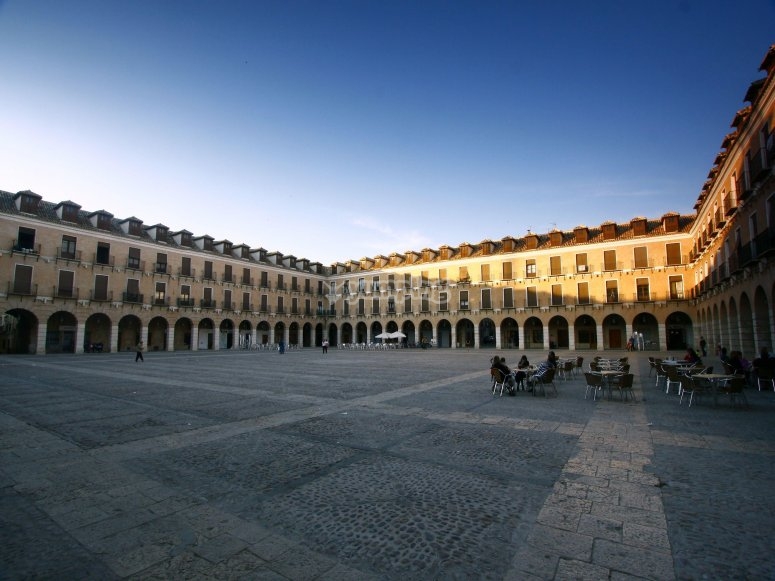
-
Die size
184 x 950 x 3.0 mm.
-
Wear class
42 class
-
Surface pattern
1-way
-
Coating color
Brown
-
Surface
Semi-mate
-
Chamfer
No
-
Docking lock
No
-
Warranty
25 years
-
Useful layer thickness
0.

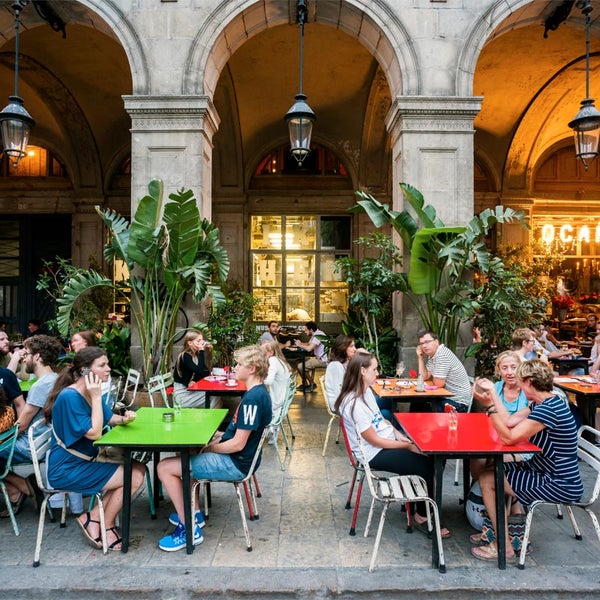 Learn about the major environmental problems facing our planet and what can be done about them!
Learn about the major environmental problems facing our planet and what can be done about them!